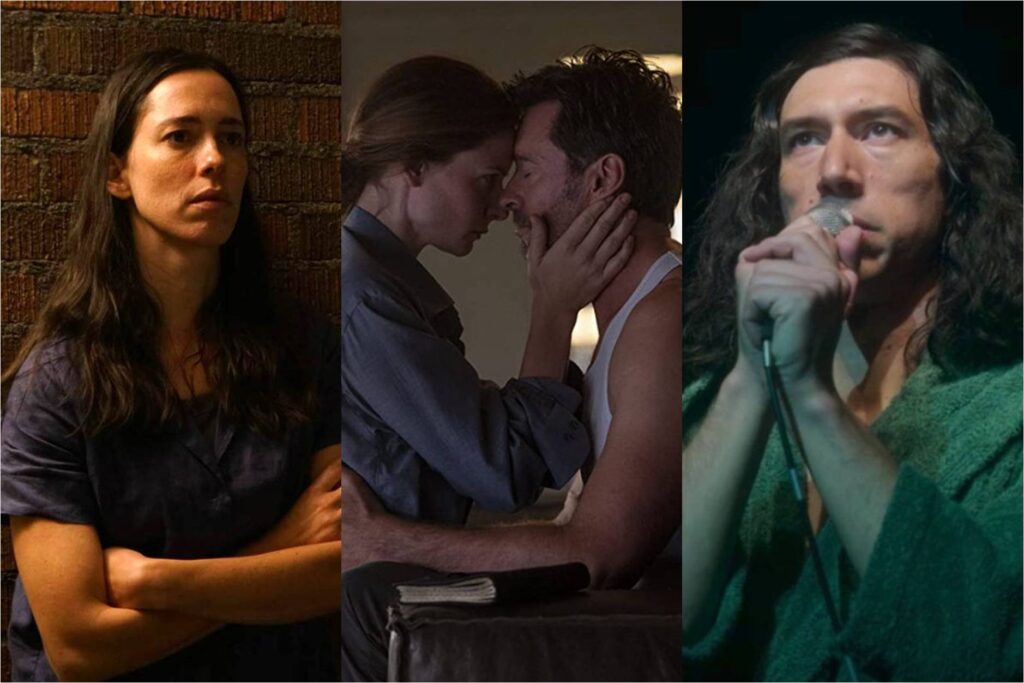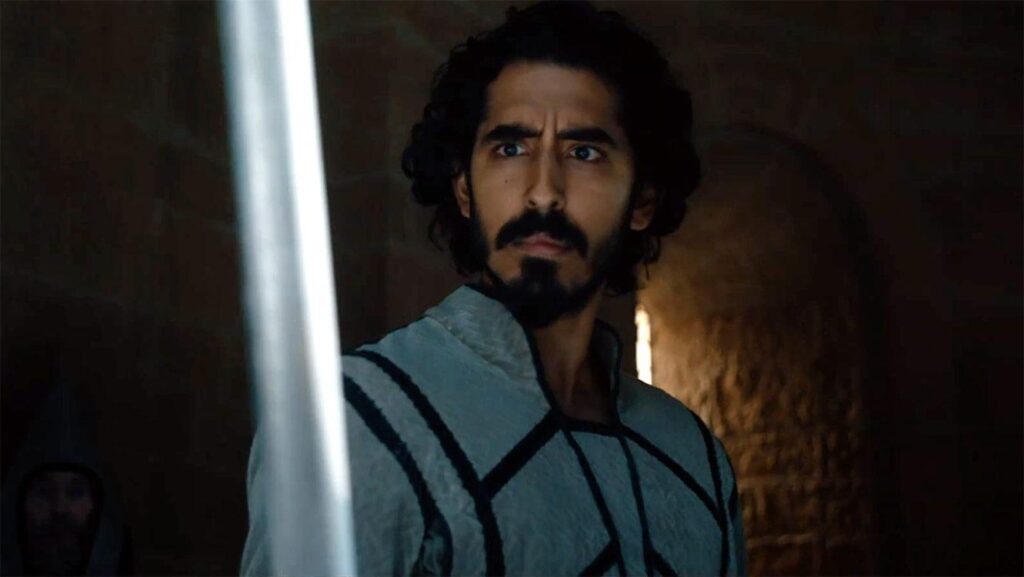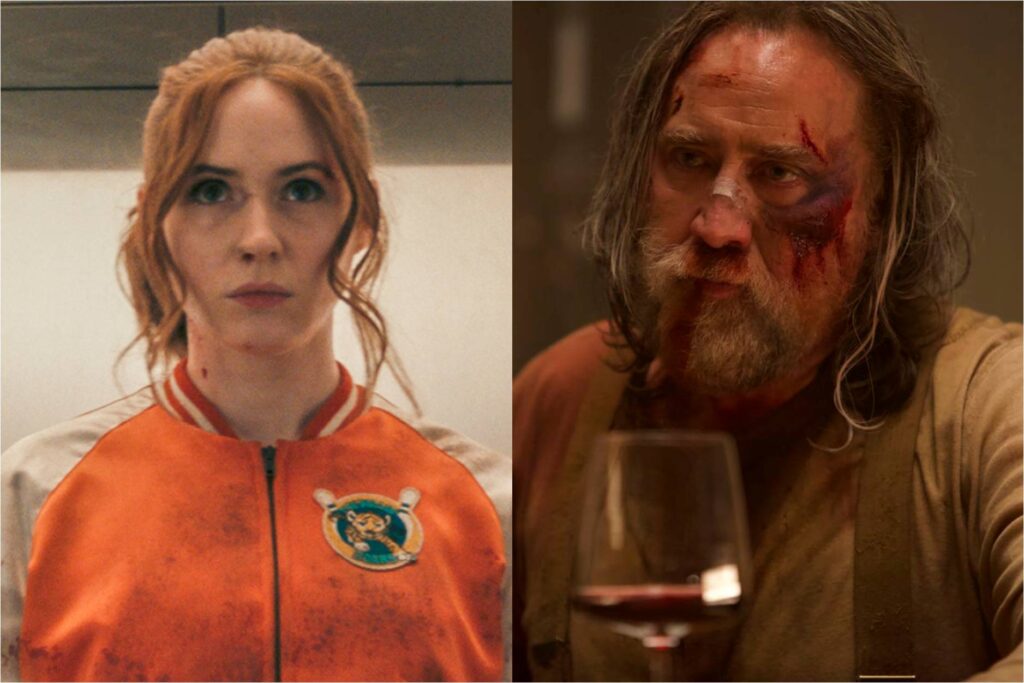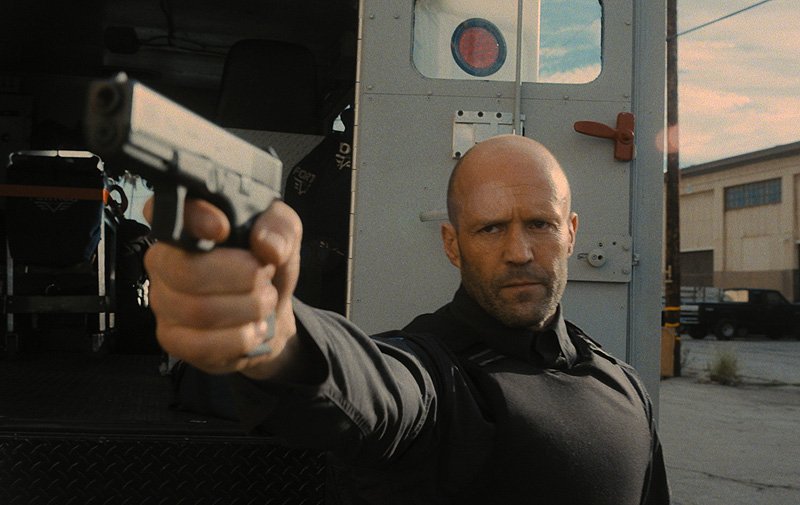Candyman: Mirror, Mirror, Time to Maul

The premise of Candyman has always struck me as a peculiar illustration of risk versus reward. Most supernatural summonings involve some sort of Faustian bargain; sure, the heroes of Bedazzled, The Picture of Dorian Grey, and Rosemary’s Baby all sold their souls (or their son), but they at least got something out of it. Here, the lore is far less complicated, and commensurately less appetizing: Say the name “Candyman” five times while looking into the mirror, and his reflection will appear… and will promptly kill you. To me, such a proposition is in no way enticing. At least the dude in Mephisto can claim to have been duped; if you want to blame someone for getting your throat sliced open by Candyman, all you need to do is look in the mirror.
To its credit, this new Candyman, which was directed by Nia DaCosta from a script she wrote with Win Rosenfeld and modern horror impresario Jordan Peele, is at least partly aware of this absurdity; when one character learns of the legend, she understandably asks, “Who would do that?” followed by a very funny smash cut to a gaggle of vapid high school girls commencing the ritual. In any event, narrative plausibility is not DaCosta’s concern. She’s more interested in fusing the visceral with the political—in making a spine-chilling horror movie that doubles as a trenchant commentary on Black life in contemporary America. She isn’t entirely successful. As a metaphorical text, Candyman is admirable but awkward, struggling to vibrate with its desired resonance. But as a fright fest, it’s pretty good—not exactly scary, but engrossing and polished. There’s plenty of poise to go along with the blood. Read More




